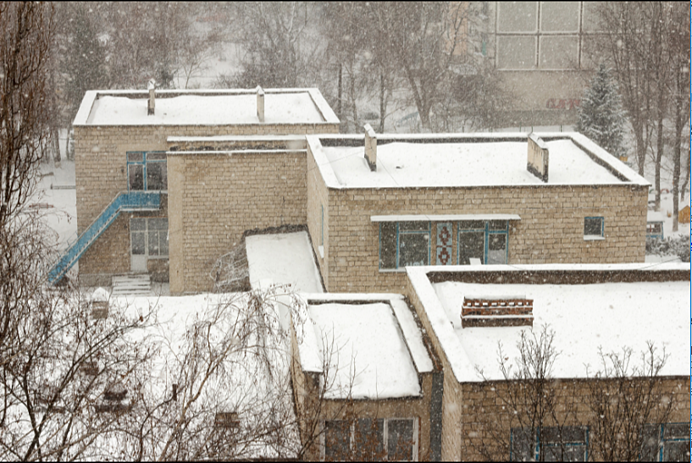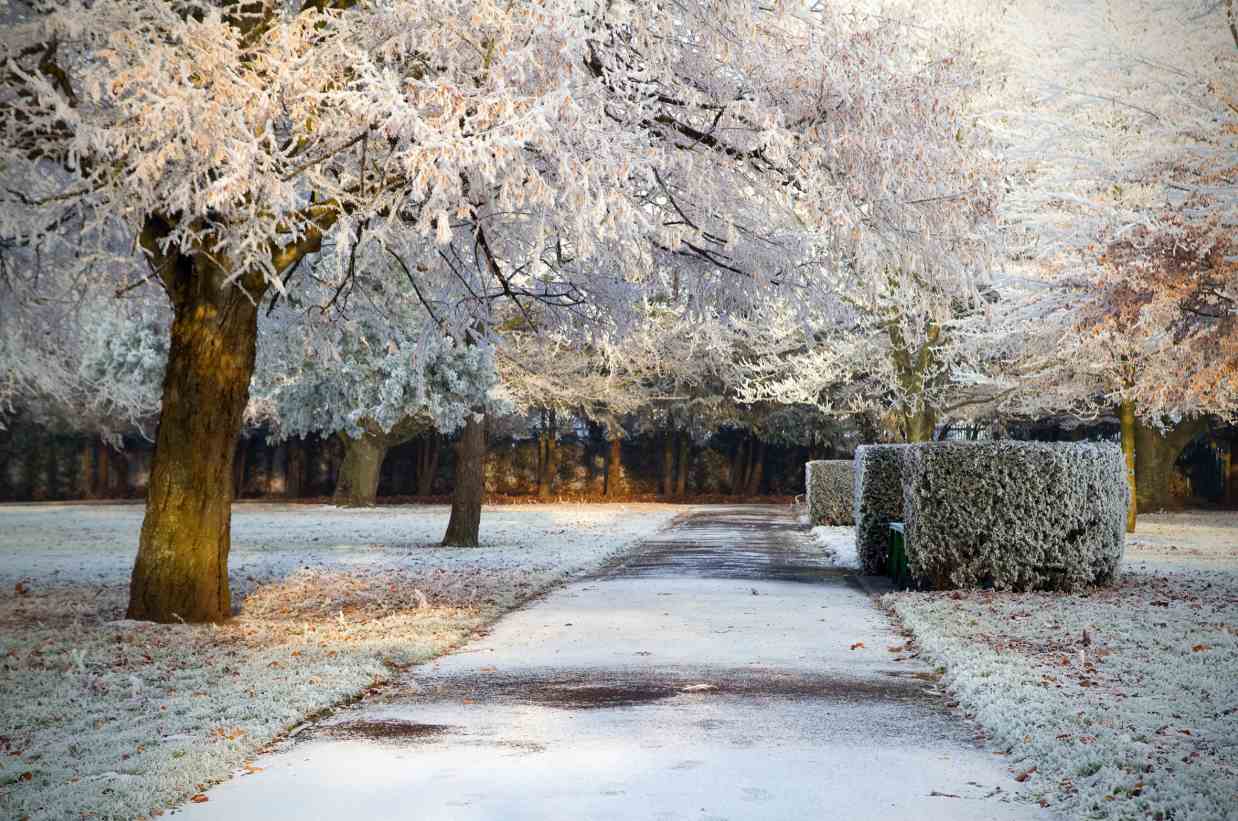
One of the biggest tasks that facility managers face is winterizing the roofs under their care for the inevitable impacts of snow, slush, and ice. While winter is the season where these roofs are tested, the preparations begin, at latest, in the autumn. Two major tools that facility managers use to protect their roofs during winter are conducting a pre-winter safety inspection, and forming a wintertime monitoring and emergency reaction plan.
Inspecting the Roof for Winter Weather
To reduce the risk of leaks, or worse yet, a whole roof section suddenly collapsing, it is imperative to identify and eliminate all defects and problems of a building’s roof before winter begins. Most experts recommend conducting two roof inspections per year, one in the fall to get ready for winter, and one in the spring to find and correct any damage that winter weather has done.
Every part of your roofing system should be inspected: the decking, the insulation, any underlayment, the surface membrane, flashing, and all roof vents and drainage pipes/gutters. A failure at any point could cause damage. Membrane failures, such as split seams, cracks, holes, buckles, and blisters are the most common problems, but out-of-place fasteners, defective flashing, clogged drainage systems, and rooftop debris can also hurt roofs during the cold season.
Forming a Wintertime Roof Monitoring Plan
Since much of the damage done to roofs during winter comes about in a gradual, almost imperceptible manner, it is critical to regularly monitor your facility roofs. Records should be kept of visual inspections, the quantity and weight of snow and ice on the roof should be gauged against its known weight-bearing capacity, and specific cause-and-effect relations should be established when a leak, noise, or other irregularity occurs. In the final analysis, it will help roofing experts know what to look for and how to assess the findings.
One way to help prevent damage from the weight of snow is to ensure melting snow has a clear pathway to the roof drains. One common way to do this is to hire a radiant heating contractor to lay heat trace cables to and around the roof drains.
Forming an Emergency Reaction Plan
Even with pre-winter inspections and repairs and constant monitoring, a plan must still be in place to react to problems that arise or all will be in vain. The beating that heavy snow and the freeze/thaw cycle put roofs through each winter should not be underestimated.
When temperatures drop below zero and then rise again, roof flashing can be dislodged and leaks may form. Drainage gutters can get backed up and cause ice to form on the roof surface. The structural design of the roof may also lend itself to the creation of snow drifts that will weigh heavily on the building below. Finally, ice dams and large icicles growing at the roof's edge may be impossible to prevent in extremely cold temperatures following a heavy snow.
What you can't prevent, you must be ready to counteract. Have personnel ready who know how to safely remove excess snow from the roof with plastic shovels, roof rakes, and ladders. Know who to call for steam-thawing ice dams if it becomes absolutely necessary. Have the numbers of skilled roofers who know how to quickly find and eliminate leaks handy on your contacts list.
Inspecting, repairing, and cleaning off your roof will help it endure the winter as best as possible. Having a plan of action for both regular monitoring and emergency reactions will prevent your being taken by surprise when strong winter weather finally strikes. It is not possible to eliminate the risk of wintertime roof damage, but taking steps to counteract it long before the first snowflake falls will serve to minimize those inevitable risks.


